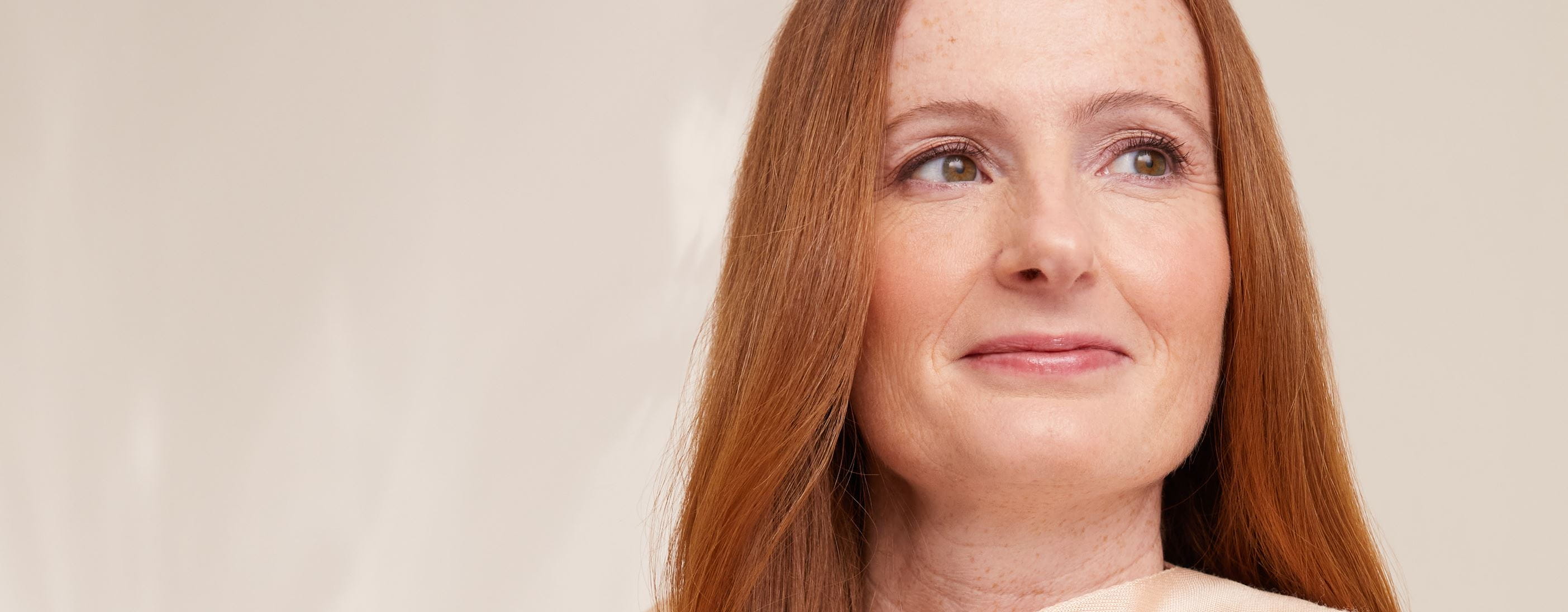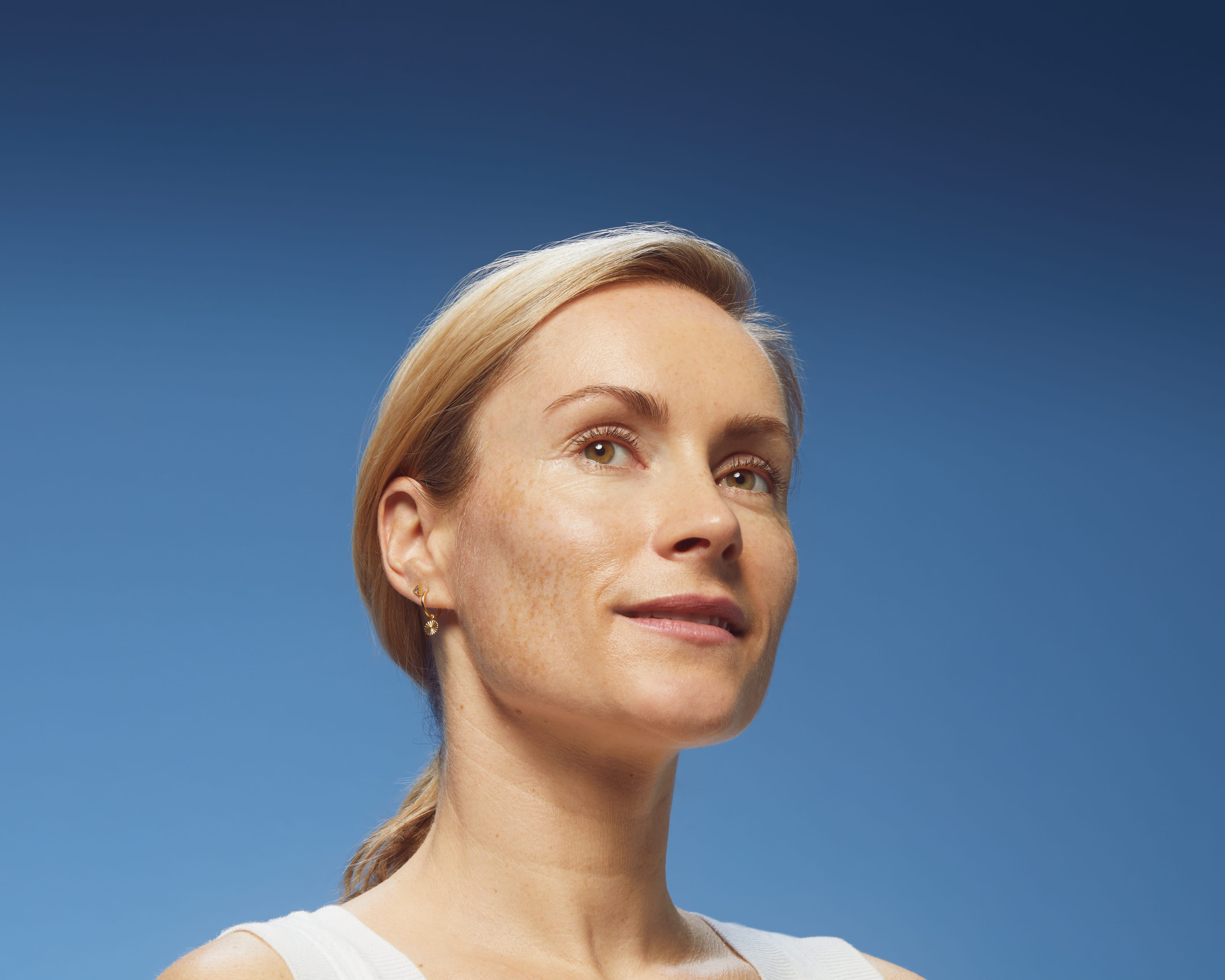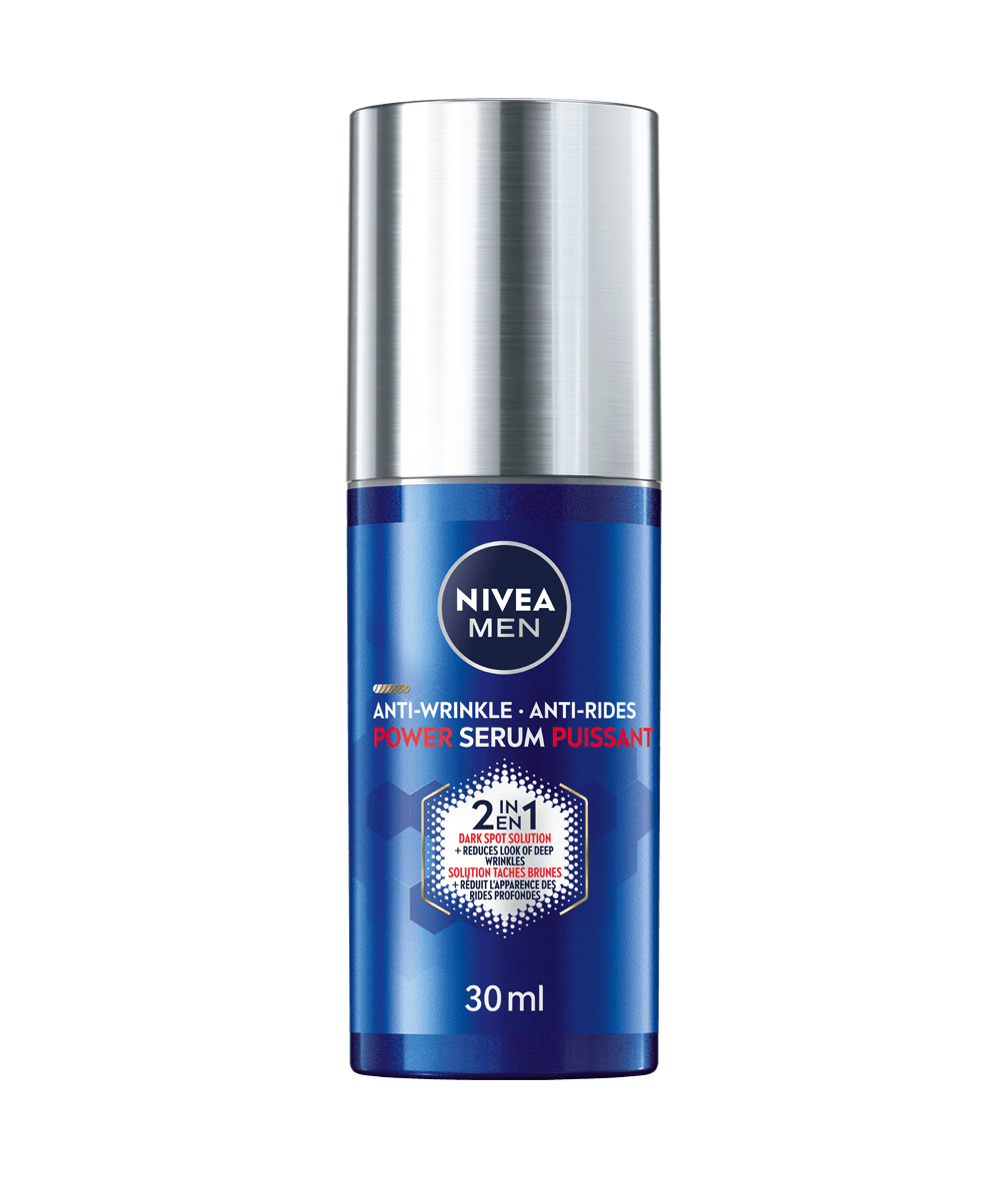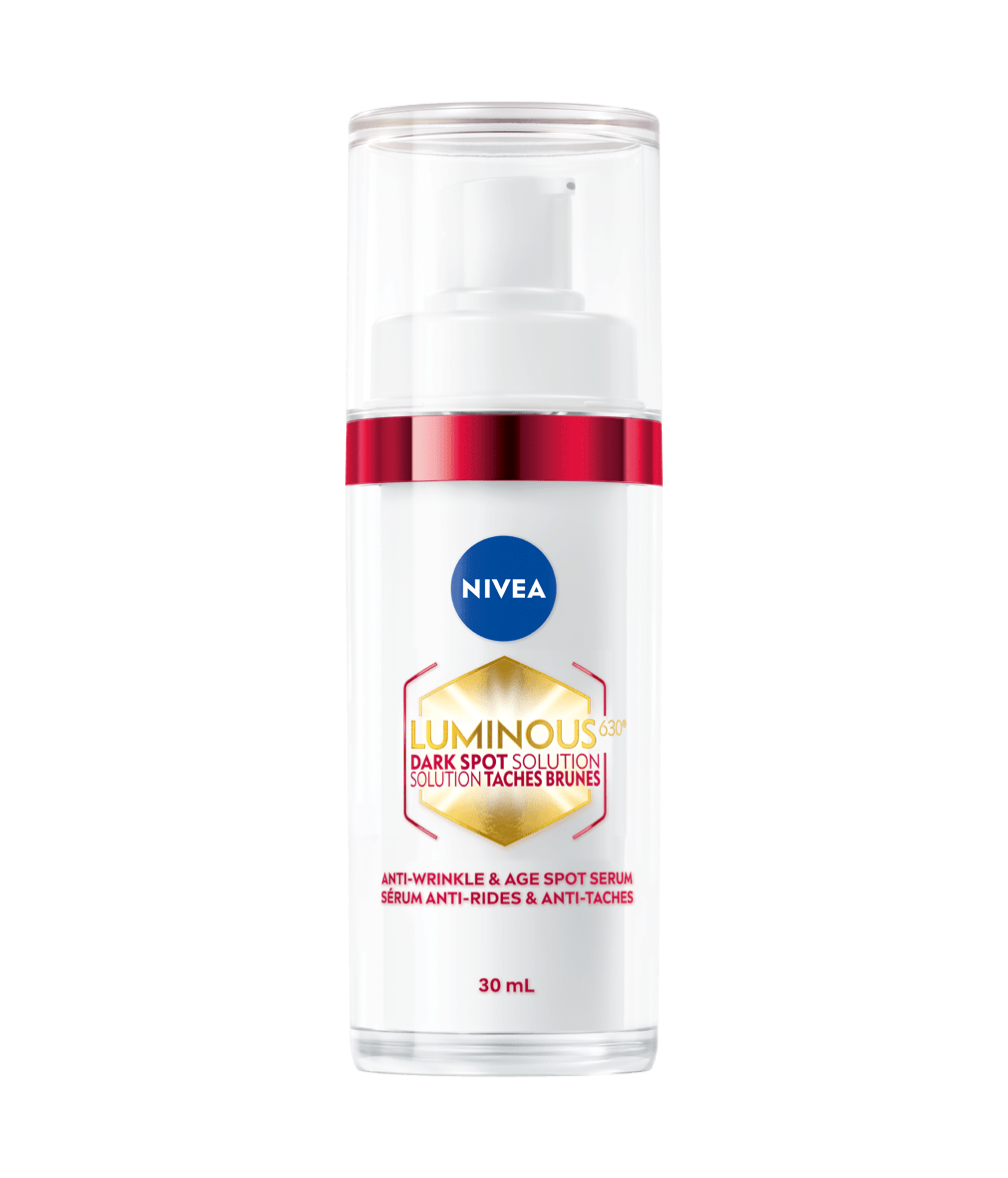
Age spots: What are they, causes & how to manage them
The ultimate guide on age spots, so that you can learn to manage them
Age spots on skin
Age spots on the face: What are they, causes & how to manage them
Do you have brown spots on your hands or small, dark discolorations on your face? Don't worry, these age spots are natural and harmless skin reactions. However, if you wish to reduce their appearance, this guide is for you. Discover what age spots are, their causes, and helpful advice on how to effectively reduce their appearance as well as some lifestyle choices you can make to help prevent or delay them from forming.
What are age spots on skin?
Age spots are light brown to black discolouration of the skin. Because they increase in number and intensity over the years, they are called "age spots". In principle, however, these are pigment spots that occur as a result of skin aging and years of cumulative exposure to the sun.
Identifying Age spots on the face
Age spots on the face are common and harmless. They appear as flat, oval, or irregularly shaped spots with varying shades of brown and tan.
3 CAUSES OF AGE SPOTS
What causes age spots?
Age spots are primarily caused by prolonged exposure to the sun's harmful ultraviolet (UV) rays. Here are the 3 main factors that contribute to their development:
Can you get rid of age spots?
No, there is no way to completely get rid of age spots. However, there are actions you can take to help reduce their appearance.
How to help reduce the appearance of age spots on the face
While it’s impossible to completely get rid of age spots, here are some effective approaches to help minimize their appearance.
NIVEA Luminous630® skincare routine to reduce the appearance of age spots
How does NIVEA LUMINOUS630® help age spots?
How to prevent age spots?
Preventing age spots involves adopting protective measures to minimize exposure to harmful UV rays and taking good care of your skin. Here are some effective strategies to help prevent age spots:
Age spots – Takeaway
Age spots are a common skin condition that many people encounter as they age. Age spots are natural and commonly appear on sun-exposed areas like the face, hands, and legs. Despite being a natural and harmless reaction of the skin, they can be a cause of concern for some individuals who wish to reduce their appearance.
The good news is that there are options available for helping reduce the appearance of age spots through specially formulated skincare products.
You can help to prevent age spots by taking proper sun protection precautions such as wearing protective clothing, applying sunscreen regularly, and avoiding other sources of UV radiation such as tanning beds.
While age spots are generally not dangerous, it's strongly advised to have any dark spots on the skin examined by a dermatologist to rule out serious skin conditions, particularly if they are irregular or change shape or size.
The good news is that there are options available for helping reduce the appearance of age spots through specially formulated skincare products.
You can help to prevent age spots by taking proper sun protection precautions such as wearing protective clothing, applying sunscreen regularly, and avoiding other sources of UV radiation such as tanning beds.
While age spots are generally not dangerous, it's strongly advised to have any dark spots on the skin examined by a dermatologist to rule out serious skin conditions, particularly if they are irregular or change shape or size.






